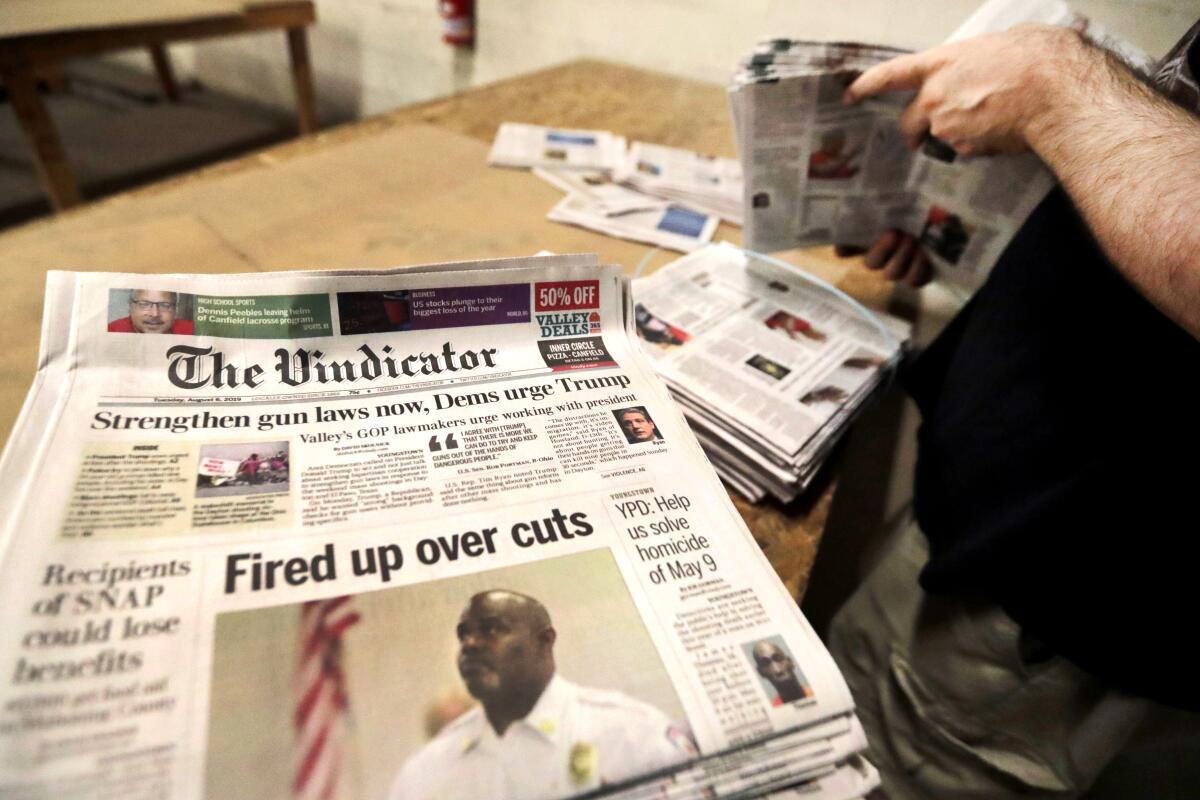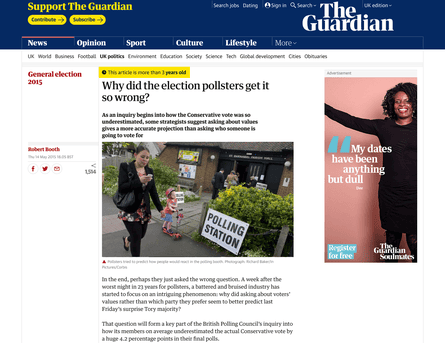Little Known Facts About News Articles.
Little Known Facts About News Articles.
Blog Article
News Articles Can Be Fun For Anyone
Table of ContentsAll about News ArticlesNews Articles Can Be Fun For EveryoneNews Articles Fundamentals ExplainedNews Articles Can Be Fun For AnyoneThe Greatest Guide To News Articles
Excellent expertise of different topics gives trainees an affordable side over their peers. Although digital and social networks are conveniently obtainable, we should not neglect just how crucial it is to check out the newspapers. Moms and dads need to attempt and inculcate the habit of reading a paper as a daily routine to proceed the heritage of the revered print medium.Information stories also have at least one of the following vital features loved one to the intended audience: proximity, prestige, timeliness, human passion, peculiarity, or repercussion.
Within these limits, news stories likewise aim to be thorough. Amongst the larger and more highly regarded papers, fairness and balance is a significant element in presenting details.
Papers with a global audience, for instance, have a tendency to utilize an extra formal design of writing. The certain options made by a news outlet's editor or content board are often collected in a style overview; common design guides include the and the US Information Design Publication. The major objectives of information writing can be summed up by the ABCs of journalism: accuracy, brevity, and clearness.
How News Articles can Save You Time, Stress, and Money.
As a rule, journalists will not make use of a long word when a brief one will certainly do. Information authors attempt to prevent utilizing the very same word a lot more than once in a paragraph (in some cases called an "resemble" or "word mirror").
Headlines in some cases leave out the subject (e.g., "Leaps From Watercraft, Catches in Wheel") or verb (e.g., "Pet cat woman fortunate"). A subhead (also subhed, sub-headline, subheading, subtitle, deck or dek) can be either a subordinate title under the major heading, or the heading of a subsection of the write-up. It is a heading that precedes the major text, or a group of paragraphs of the main text.

Additional billboards of any of these kinds may appear later on in the article (particularly on succeeding pages) to entice more reading. Such signboards are also made use of as reminders to the write-up in other sections of the magazine or site, or as ads for the item in other magazine or websites. Typical structure with title, lead paragraph (summary in vibrant), various other paragraphs (details) and call details.

Example of a hard-lead paragraph NASA is proposing another room job. The agency's budget demand, revealed today, included a plan to send one more mission to the Moon. This moment the company wishes to establish a long-term center as a jumping-off place for various other space experiences. The budget plan requests around $10 billion for the project.
An "off-lead" is the second most essential front web page information of the day. To "bury the lead" is to begin the post with history details or details of secondary value to the readers, compeling them to check out even more deeply right into a write-up than they must have to in order to find the crucial points.
A Biased View of News Articles
Typical use is that one or 2 sentences each form their own paragraph. Reporters normally define the company or structure of a news story as an inverted pyramid. The important and most interesting components of a tale are placed at the beginning, with supporting info adhering to in order of reducing importance.
It enables individuals to discover a topic to just the deepness that their interest takes more info here them, and without the charge of details or subtleties that they can consider irrelevant, but still making that information available to a lot more interested viewers. The upside down pyramid structure also makes it possible for short articles to be trimmed to any type of approximate size during format, to suit the room offered.
Some writers begin their tales with the "1-2-3 lead", yet there are several kinds of lead offered. This style invariably begins with a "5 Ws" opening up paragraph (as described over), complied with by an indirect quote that offers to support a major element of the initial paragraph, and afterwards a straight quote to support the indirect official source quote. [] A kicker can refer to numerous things: The last story current broadcast; a "pleased" tale to end the show.
Longer short articles, such as magazine cover short articles and the pieces that lead the within sections of a newspaper, are referred to as. Function stories vary from straight news in a number of methods. Foremost is the absence of a straight-news lead, many of the time. Rather than using the significance of a story in advance, feature authors may attempt to lure viewers in.
Our News Articles Statements
The journalist commonly details communications with interview topics, making the item much more individual. A feature's very first paragraphs usually relate an interesting you could try this out minute or occasion, as in an "anecdotal lead". From the particulars of a person or episode, its sight quickly expands to generalizations about the story's subject. The area that signifies what a feature is about is called the or billboard.

The Editor's Toolbox: A Reference Overview for Beginners and Professionals (2001) Allan M. Siegal and William G. Connolly. The New York Times Manual of Design and Usage: The Authorities Style Guide Utilized by the Writers and Editors of the World's The majority of Authoritative Newspaper (2002) M. L. Stein, Susan Paterno, and R.
Report this page